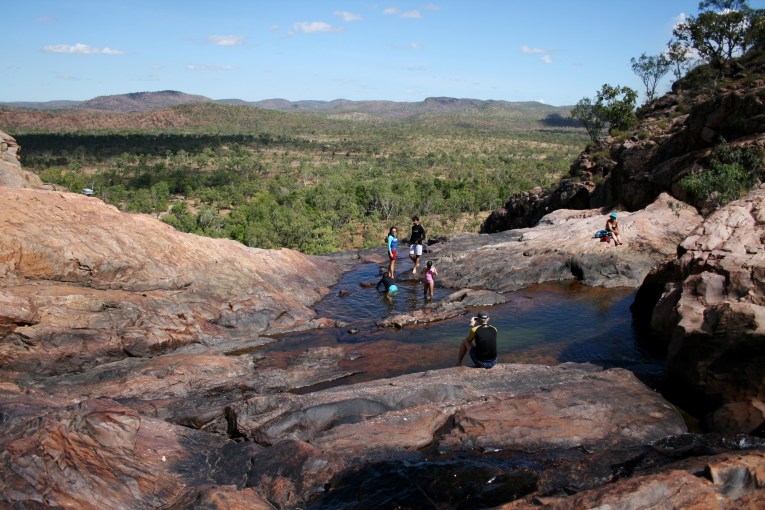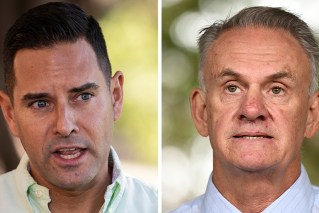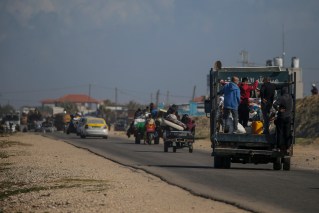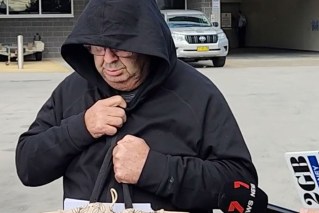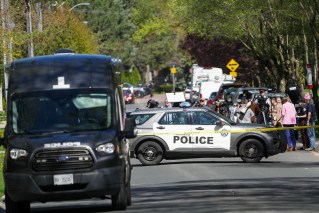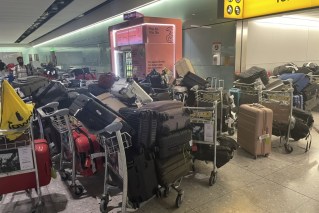COVID update: Australia closes deal for COVID pill, exposure site listings change and more regional lockdowns

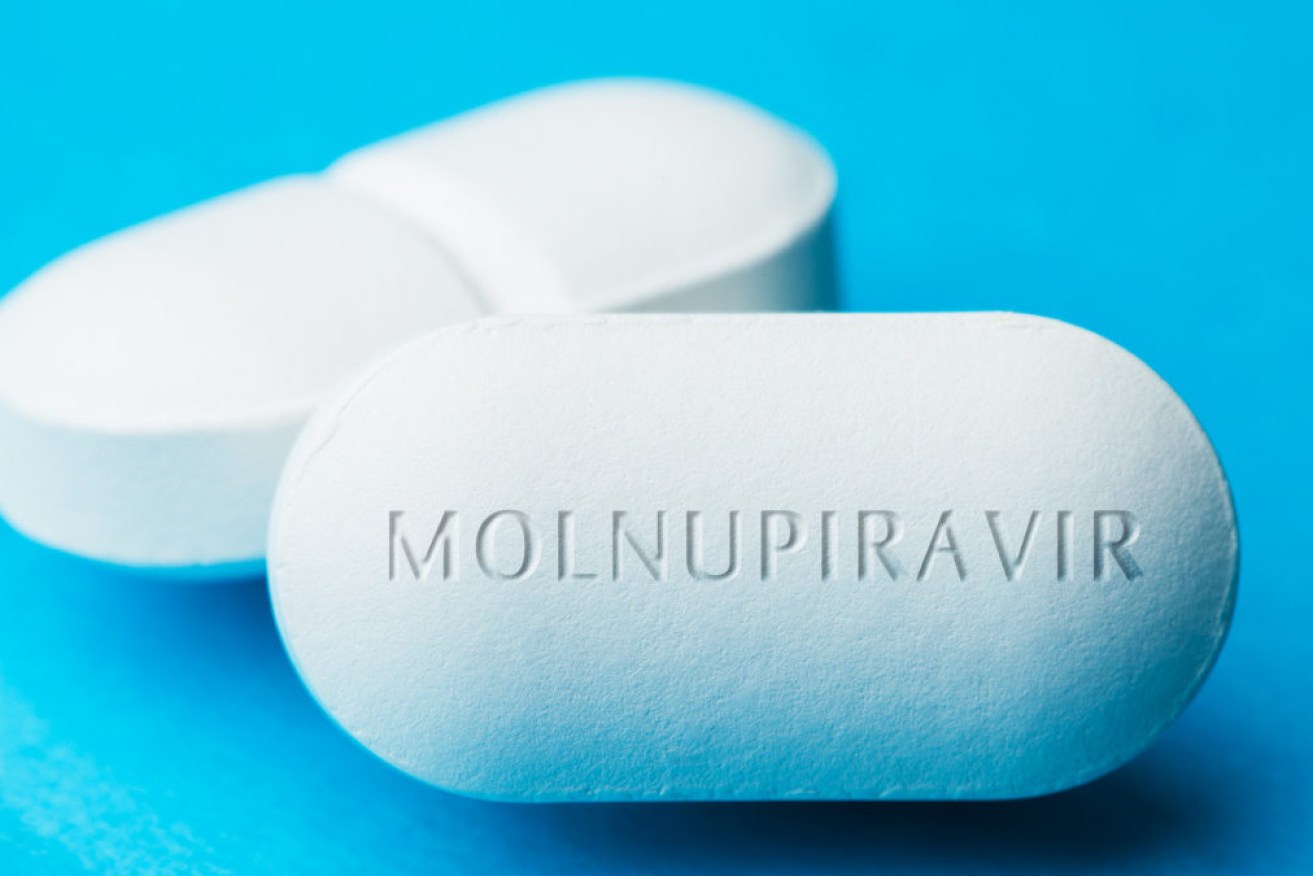
GPs are concerned by a push to allow access to COVID-19 treatments over the counter. Photo: Getty
Australia is heading for a vaccine milestone on Tuesday, as the government secures supplies of promising new coronavirus treatments.
The latest national vaccine data points to the 80 per cent first-dose threshold being broken on Tuesday or Wednesday, with the current full-dose rate of 56.9 per cent tracking towards 80 per cent within five weeks.
- Remember, the 80 per cent figure refers only to people over 16. As Alan Kohler explains as he questions the spin, that’s different to how other countries report vaccine data.
It comes as the Morrison government closes a deal for 300,000 courses of an antiviral pill showing promising signs of slashing COVID-19 deaths and hospitalisations.
Molnupiravir is still being trialled in the US and is yet to gain regulatory authorisation.
But an agreement has been reached with pharmaceutical company Merck Sharp and Dohme to supply 300,000 courses should the pill be given the green light by Australia’s medicines regulator.
It could be made available as early as the first quarter of 2022.
Prime Minister Scott Morrison said the drug would join other COVID-19 treatments including sotrovimab and remdesivir already available in Australia.
In August, the Therapeutic Goods Administration gave the Molnupiravir pill “provisional determination” – the first step to apply to register the pill for use in Australia.
As reported in the TND Starter on Saturday, trials by Merck and its partner Ridgeback Biothreapeutics showed molnupiravir reduced hospitalisations and deaths by around 50 per cent.
During a study of 775 patients who had COVID, none who were taking the medication died versus eight deaths in the placebo group.
The medication – which was originally developed to treat influenza – acts by targeting an enzyme that the virus uses to replicate itself, thus limiting COVID’s spread in the body.
Australia has also received 15,000 additional doses of sotrovimab, an antibody treatment used to stop the virus replicating.
The national stockpile of the drug, administered by intravenous infusion within five days of patients developing symptoms, is expected to exceed 30,000 doses this year.
It has been shown to reduce hospitalisation or death in patients with mild or moderate infections and who are at high risk of severe illness.
Here’s all the other coronavirus news updates on Tuesday morning.
Victoria
The Victorian government has decided contact tracers will no longer spend their time looking for casual contacts of known cases, in a bid to relieve the stress on health teams in the world’s most locked-down city.
‘Tier 2’ sites will also no longer be published on the government’s list of exposure locations.
It’s not the first state to make this change, with NSW not publishing any Sydney exposure sites for months. The ACT also plans to discontinue publishing exposure sites.
On Tuesday, tradies are getting back on the tools as a pause on construction is lifted across Melbourne and other locked down areas.
They can return to work sites as long as they meet strict safeguards and have at least had their first coronavirus vaccination.
The industry-wide mandate, and other restrictions brought in to curb transmission, sparked a protest outside the construction union’s Melbourne headquarters on September 20, the day the state government announced the sector would down tools for a fortnight-long reset.
Chief Health Officer Brett Sutton said tens of thousands of construction workers had since come forward to meet the first-dose requirement, but could not say what proportion of the industry is now vaccinated.
He said the building industry was ready for Tuesday’s restart, having learned a “hard lesson” and reflected on compliance issues with masks and tearooms.
Fears remain, however, that days-long protests held outside the Construction, Forestry, Mining and Energy Union (CFMEU) construction union have been superspreader events.
On Monday, Victoria reported 1377 new local cases – the fifth day in a row of four-figure infections – and four deaths, taking the toll for the current outbreak to 53.
Melbourne became the world’s most locked-down city, chalking up 246 days living under stay-at-home orders to surpass the record set by the Argentinian capital of Buenos Aires.
NSW
Late on Monday, NSW Health listed 30 new case locations, mostly in the state’s regions, including Bermagui, Cooma, Nowra and Thredbo.
But the state is nearing its 70 per cent double dose vaccination target, which should trigger an easing of restrictions.
The state recorded 623 new local cases of COVID-19, the lowest since late August and the third day in a row with fewer than 700 fresh cases.
Health teams are hoping for another day of declining COVID-19 infections and with confidence growing, NSW private hospitals are restarting non-urgent surgery.
Day surgeries, which were cancelled in late August due to the pandemic, will resume at 19 private hospitals from Tuesday, but non-urgent surgery at public hospitals remains postponed.
“This is to ensure we retain adequate system capacity, as well as patient, staff and public safety, for the delivery of healthcare services during the COVID-19 response,” NSW Health said in a statement.
“Emergency surgery and urgent elective surgery will continue to be performed in public hospitals during this challenging period.”
There are currently 959 people in hospital with COVID-19 in NSW, with 193 in intensive care, and 97 people on ventilators.
Six people died of coronavirus in the 24 hours to 8pm on Sunday, bringing the toll for the current outbreak to 378 deaths.
ACT
Authorities in Canberra are planning to stop publishing every venue a COVID-positive case has visited, as the territory gets set to emerge from lockdown.
Health authorities have said there would be a point in time where not every exposure site in Canberra would be published online, with vaccination rates in the ACT increasing.
On Tuesday, ACT Chief Health Officer Kerryn Coleman will provide a major update on the outbreak in Canberra, which has now surpassed 1000 cases.
Tuesday will also see a return to the classroom for some ACT students, with year 12 students able to return but only for practical classes and assessments, along with some year 11 students.
Dr Coleman said as Canberra neared the end of its lockdown on October 15, there would be changes to how exposure sites would be reported.
“Those ‘monitor’ and ‘casual’ sites will be less important as the focuses switches from trying to find every case to finding those ones that have a bigger impact,” Dr Coleman said.
“It’s one of the considerations we’re looking at for how the public health response changes in the next month or two.”
The chief health officer said considerations were also being made to have positive cases alert their close contacts themselves, rather than the work be carried out by health staff.
Dr Coleman said a nuanced consideration of risk was being outlined for potential changes to quarantine arrangements for ACT healthcare staff.
State and territory leaders have written to federal Health Minister Greg Hunt calling for additional health resources to help deal with a predicted COVID-19 surge once lockdowns have eased.
Prime Minister Scott Morrison rebuffed Queensland Premier Annastacia Palaszczuk’s demand for more health funding in exchange to reopen the state’s borders, calling the move “shakedown politics”.
However, ACT Chief Minister Andrew Barr described the prime minister’s comments as unhelpful.
“This is not a party political thing, it’s not Labor versus Liberal, this is simply about what we need to do across all levels of government for our health system to manage, what is I hope, a once-in-a-lifetime experience,” he said.
The ACT reported 28 new cases of COVID on Monday, half of those being linked to known cases.
A further two deaths were recorded, both women in their 80s, taking the death toll from the current outbreak in Canberra to five and the total since the pandemic began to eight.
Mr Barr said he expected the ACT to reach a 95 per cent vaccination rate, based on the current trajectory.
The most recent government figures show 93.3 per cent of over-16s in the ACT have received their first dose, while 67.3 per cent are fully vaccinated.
– with AAP
